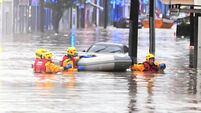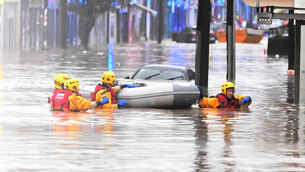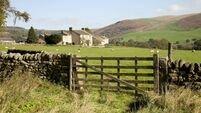Investigation after discharge and fish kill reports close to Cork oil refinery

'The EPA noted dead fish trapped in a tidal pool and rock pools about 400m north of the discharge points from Irving Oil.'
An investigation has been launched into reports of a discharge and fish kill in Cork’s lower harbour close to Ireland’s only oil refinery.
However, the Environmental Protection Agency (EPA) said a direct link with a discharge from Irving Oil, which has a number of discharge pipes in the Whitegate area, had yet to be established.














